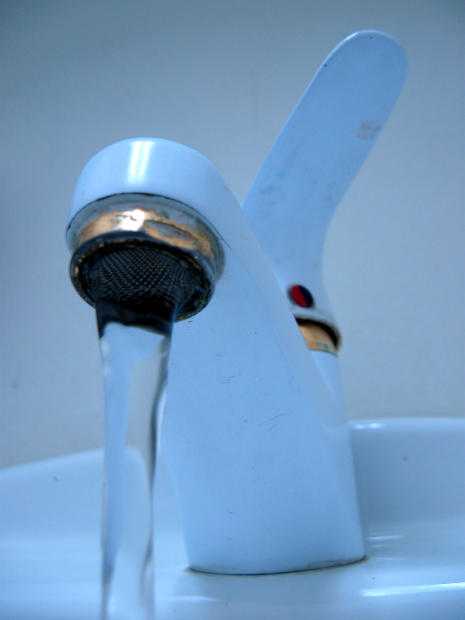Filtration is the process of filtering and purifying water. During filtration process, water passes through a porous media to filter it from “foreign” matters. In case of the different water filters available in the market, this porous media is usually a membrane wall made of different materials.
Most water filters adapt to either ultrafiltration or Reverse osmosis process of filtration. Before buying a water filter, it is always better to understand the differences between ultrafiltration and Reverse Osmosis.
The differences between Ultrafiltration and Reverse Osmosis:

- The pore size in case of ultrafiltration is of 0.01 micron while, in case of reverse osmosis the pore size is 0.0001 micron. This will tell you that the water that comes from a Reverse osmosis filter is essentially pure.
- Ultrafiltration removes high molecular-weight substances, organic and inorganic polymeric molecules and colloidal materials from water. Sodium, magnesium chloride, sulphate and calcium, which are low molecular weight substances are not removed in this process. Although, it does remove few, an ultrafiltration water filter cannot remove all the viruses from water. However, it does remove protozoa and bacteria. Reverse Osmosis removes all the organic molecules and all the viruses from water.
- Cleanandclearwater.com.au emphasises that reverse osmosis filter process is often used to desalinate water. This process can easily remove monovalent ions. Ultrafiltration, however, doesn’t really help in the process of desalination.
- Ultrafiltration cannot remove dissolved substances from water unless these are either coagulated or absorbed. Most ultra-filtration water filters come with activated carbon filters. Reverse osmosis removes all the dissolved substances without any need for absorption or coagulation. It also removes microbes and turbidity.
- Ultrafiltration does not remove minerals from water. Reverse Osmosis removes practically all minerals from water. Although water that is free from lead and salt is healthier to drink, water needs to have minerals like calcium and magnesium, as these are healthy minerals. Because of this, some reverse osmosis filters come with calcium and magnesium beds that add these minerals back into the water. You can even get a water filter in reverse osmosis increases the PH level of water and even reduce its corrosive potential. Water with high corrosive potential may even damage your water pipes.
It always pays to understand the pros and cons of the different water filtration systems before purchasing a water filter for your home use. You need to understand that the taste of the water is not actually purity or safety indicator.

